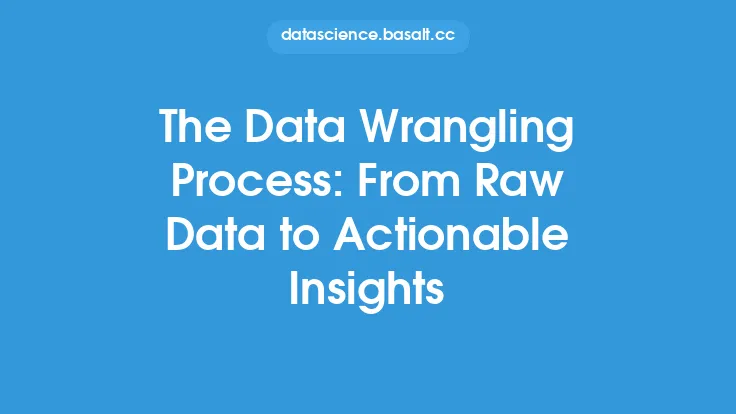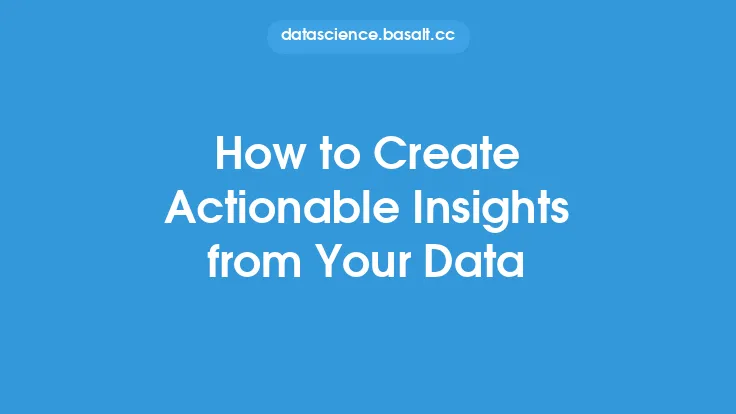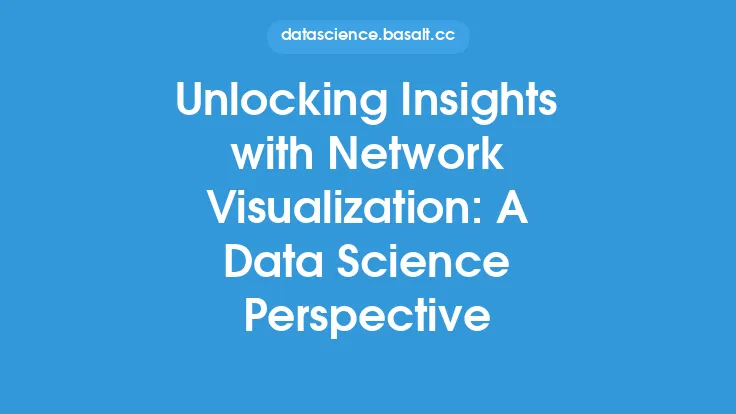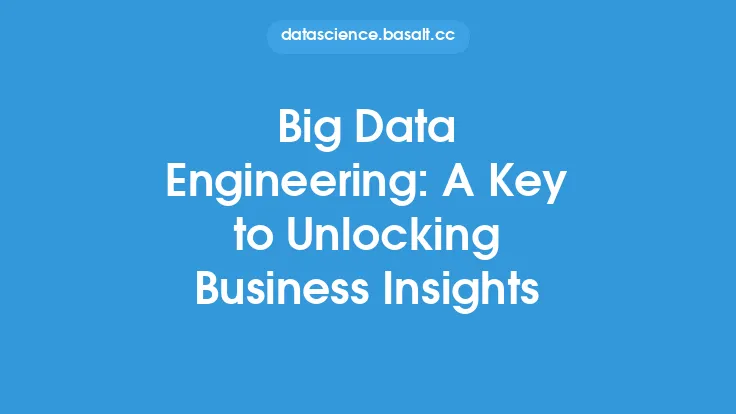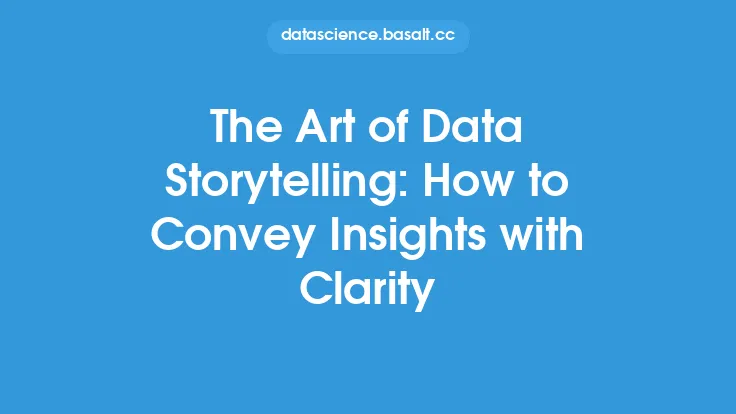The ability to extract valuable insights from data is crucial for businesses to make informed decisions and stay ahead of the competition. With the exponential growth of data, companies are looking for ways to turn this data into actionable insights that can drive business transformation. This is where data visualization comes into play, as it provides a powerful means of communicating complex data insights in a clear and concise manner.
Introduction to Actionable Data Insights
Actionable data insights refer to the process of analyzing data to identify trends, patterns, and correlations that can inform business decisions. These insights are not just limited to historical data but also include predictive analytics that can forecast future trends and outcomes. By leveraging actionable data insights, businesses can optimize their operations, improve customer engagement, and increase revenue.
The Role of Data Visualization in Actionable Insights
Data visualization plays a critical role in transforming data into actionable insights. By using visual representations such as charts, graphs, and heat maps, businesses can quickly identify trends and patterns in their data. Data visualization tools also enable users to interact with the data, drill down into specific details, and explore different scenarios. This interactive nature of data visualization enables businesses to ask questions, explore hypotheses, and validate assumptions, ultimately leading to more informed decision-making.
Best Practices for Creating Actionable Data Insights
To create actionable data insights, businesses should follow several best practices. First, they should ensure that their data is accurate, complete, and consistent. Second, they should use data visualization tools that are intuitive and easy to use. Third, they should focus on creating insights that are relevant to the business and aligned with its goals and objectives. Finally, they should establish a culture of data-driven decision-making, where insights are used to inform decisions and drive business outcomes.
Common Challenges and Solutions
Despite the benefits of actionable data insights, businesses often face several challenges in implementing them. One common challenge is the lack of data quality, which can lead to inaccurate insights. Another challenge is the lack of skills and expertise in data analysis and visualization. To overcome these challenges, businesses can invest in data quality initiatives, provide training and development programs for their employees, and partner with external experts and consultants.
Real-World Applications
Actionable data insights have numerous real-world applications across various industries. For example, in retail, businesses can use data insights to optimize their supply chain, improve customer engagement, and personalize marketing campaigns. In healthcare, data insights can be used to improve patient outcomes, reduce costs, and enhance the quality of care. In finance, data insights can be used to detect fraud, manage risk, and optimize investment portfolios.
Conclusion
In conclusion, actionable data insights are a powerful tool for businesses to drive transformation and stay ahead of the competition. By leveraging data visualization and following best practices, businesses can create insights that are relevant, accurate, and actionable. While there are challenges to implementing actionable data insights, the benefits far outweigh the costs. As businesses continue to generate more data, the importance of actionable data insights will only continue to grow, making it an essential component of any business strategy.
